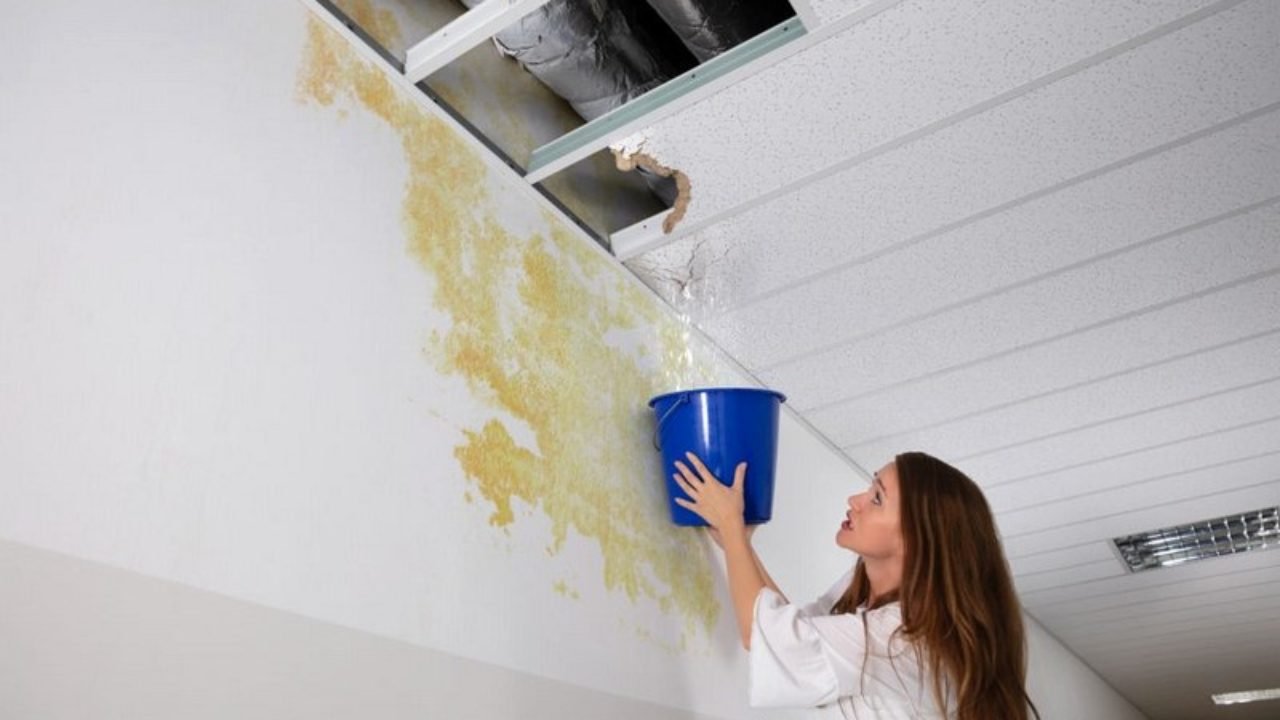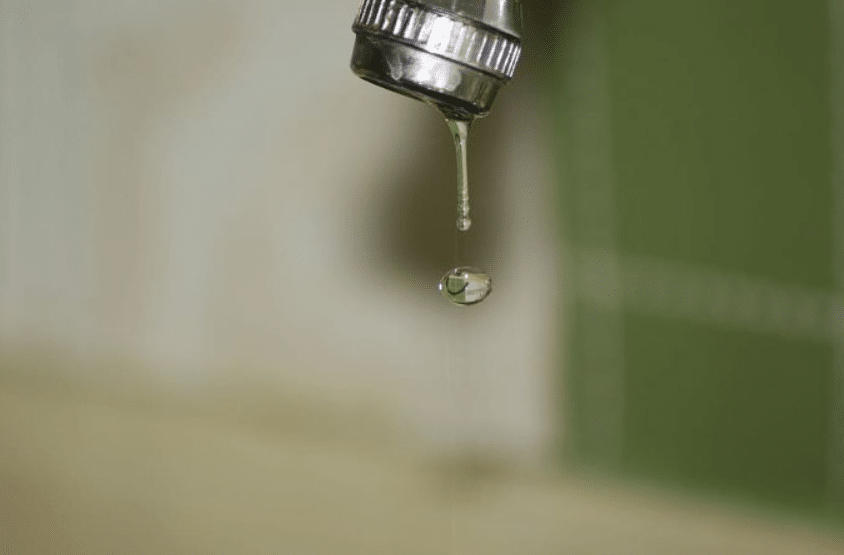We've found this great article about How to detect water leaks in your home below on the web and believe it made good sense to write about it with you over here.

Leaks not just trigger waste of water however can additionally trigger unneeded damage to your home as well as advertise unwanted organic development. Sadly, water leakages may go unnoticed given that most of the pipework in our home is hidden. By understanding as well as looking for daily scenarios that cause leakages, you can secure your home from future leaks as well as unneeded damages. Today, we will certainly look at 6 leak triggers that may be causing your pipelines to leak.
Encroaching roots
Many water leakages start outside your house instead of inside it. If you discover an abrupt decline in water pressure, state in your faucet, require time to go out as well as analyze your backyard. You could observe damp spots or sinkholes in your yard, and that could suggest that tree roots are invading water lines triggering water to permeate out. You can have your plumber look for invasion, specifically if you have trees or bushes near your residential property.
Rusty water supply
This could be the reason of staining or bending on your water pipelines. If our plumbing system is old, consider changing the pipes because they are at a greater risk of deterioration than the newer models.
Defective Pipeline Joints
The point at which your pipelines link is frequently the weakest link in the waterline. Pipeline joints can deteriorate gradually, leading to water leakages. However, the majority of pipeline joints are not quickly visible. If you have noisy pipelines that make ticking or banging sounds, specifically when the warm water is switched on, your pipeline joints are most likely under a great deal of pressure. It is suggested to have your plumber evaluate your system yearly.
Instant temperature changes.
Severe temperature level modifications in our pipes can trigger them to expand as well as acquire unexpectedly. This expansion and contraction may cause fractures in the pipelines, especially if the temperature are below freezing. It would certainly be best if you watched on exactly how your plumbing works. The presence of the previously discussed conditions frequently suggests a high risk.
Poor Water Connectors
At times, a leak can be brought on by loosened pipes and pipes that provide your appliances. Usually, shifting is what triggers the loosened water Links. You might find in the case of a cleaning device, a tube may spring a leak as a result of drinking throughout the spin cycle. In case of a water links leakage, you may discover water running straight from the supply line or puddles around your appliances.
Blocked Drains
Blocked drains pipes may be annoying and also inconveniencing, however they can sometimes end up triggering an overflow leading to rupture pipes. Maintain eliminating any type of products that may decrease your drains that could obstruct them to prevent such hassles.
All the above are causes of leaks however not all water leaks arise from plumbing leakages; some leaks might originate from roof covering leaks. All leaks must be fixed right away to stay clear of water damage.
Leaks not only trigger waste of water however can additionally create unneeded damages to your residence and also advertise undesirable organic growth. By understanding and looking for everyday situations that create leaks, you can safeguard your home from future leakages and unneeded damage. Today, we will certainly look at 6 leakage causes that may be triggering your pipes to leak.
At times, a leak can be created by loose pipes as well as pipes that supply your devices. In instance of a water connections leak, you may observe water running straight from the supply line or puddles around your home appliances.
Tell-Tale Signs of a Water Leak
The Sound of Running Water
If you’re hearing water running, your first step should be to check your faucets, toilet valves, and outdoor spigots. If everything if status quo, take an exact reading of your water meter and don’t use the water for a few hours. Then, take another meter reading. If there has been no change, that means water is not running (and maybe it’s time to have your hearing checked!). If the reading has changed, however, this indicates that water is indeed flowing and you most likely have a leak.
Wet or Damp Floors
You’re walking across your carpet and suddenly squish—your sock is soaked! The dog doesn’t look guilty and your child swears they didn’t spill anything. That means you’re likely looking at sewer leakage. Now, it’s easy to just soak it up with a towel and call it a day; however, this won’t stop the leak. Ignoring the problem allows moisture to build up, ultimately causing mold or mildew. Not only is this smelly, it can be very toxic and harmful to children, the elderly, pets, and those with weak immune systems. Don’t risk the health of your home and your family—call in a professional to take care of the problem.
Foul Odors
If there’s an unpleasant smell in your home and you can’t locate the source, don’t just light a candle or spray some Febreze. Funky smells are often due to mold and mildew, which spread fast under ideal conditions (optimal temperature and level of humidity). Growth begins within about 24-48 hours, and spores start to colonize in 3-12 days, becoming visible to the eye within about 18 days. If you think the odor is leak-related, get a plumber out as soon as possible to mitigate damage from rapid fungi growth (and rid your home of the foul odor).
Overgrowth in the Lawn
Unless you didn’t fertilize your lawn evenly, a lush patch of grass in a select area of your lawn, or concentrated wet spots, indicate pipe leakage which is acting as a fertilizer. Left untreated, hazardous bacteria in the underground waste will quickly turn into a messy situation, going from lush growth to lawn destruction.
Wall Cracks
Over time, even the littlest of leaks can cause cracks in the foundation of your home and compromise the entire structure. How does it happen? The leak continues hammering away at the same spot in the ground beneath your home, eventually causing it to shift slightly. Now, you’d never feel this shift, but your walls will. This can be a very dangerous situation, so if you’re seeing vertical or diagonal cracking in your walls it’s best to call a plumber right away.
https://www.expresssewer.com/blog/6-telltale-signs-of-a-water-leak-in-your-home

Do you enjoy more info about How to Find Water Leaks? Place a comment further down. We'd be glad to hear your views about this blog posting. We hope that you come back again later on. Sharing is nice. You just don't know, you may just be helping someone out. Thanks a lot for taking the time to read it.
Comprehensive support here.